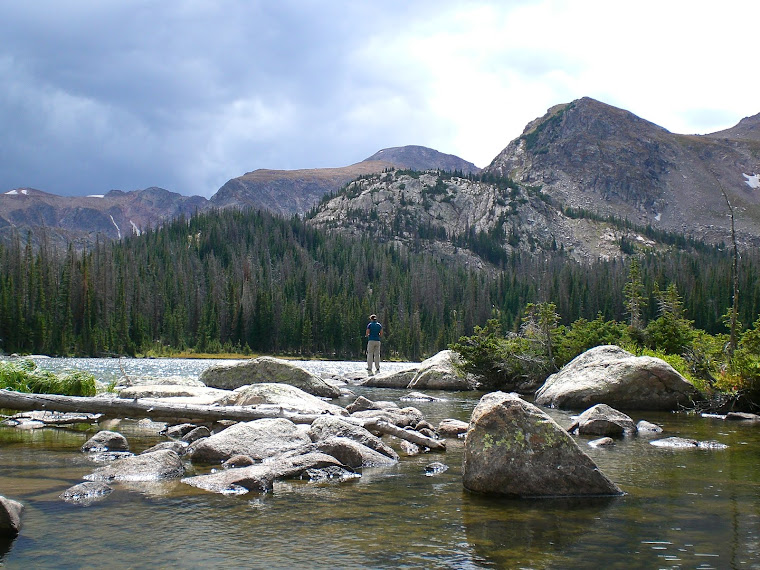Barefoot/Minimalist shoes vs. “Normal
Dr. Jared Shippee, DPM
Certified Newton
In the last few years, there has been a great deal written about barefoot running and the trend leaning toward the minimalist shoe type for runners vs “Normal” running shoe. As a foot doctor I have an understanding and interest in running and biomechanics, which is the study of the body in motion. I feel for a health care professional to honestly help their patients understand exercise he or her needs to participate as well. I often get frustrated when a runner will come to me and tell me their primary care doctor who has never run a day in his life is telling him or her what shoes to purchase and how to run properly. I am not going to preach but I am going to give my PERSONAL opinion of what I think is proper and relate to you the reader my personal experience with running. There are many papers written and studies performed that weigh the pros and cons of barefoot/minimalist running vs. wearing normal running shoes. What I will relate is once again, “my recommendation based off my experience.”
The modern shoe industry is selling, “more is better.” Now, new research is showing that “less is best.” The main premise behind most of the research out there has delivered a range of sneakers and shoes big on cushioning and control and short on research. The idea was, “is if some cushioning is good, then isn’t more better?” (S. Kennedy) Maximum impact comes at heel strike so shoe makers thought, “Well let’s just add more to the heel, without thinking about its effects on feet, ankles, low back and knees.
Now researchers like, Daniel Lieberman, PhD, a professor of human evolution at Harvard is revealing less is best. His research showed, all these shoes with their big soled heels, may increase torque and impact forces at joints, causing injuries, starting at the feet, ankles, knees, hips and finally back.
Lets look at some examples, Abebe Bikila, the 1960 Olympic marathon gold medalist ran a time of 2:15:16….barefoot!, but then she returned to win the Tokyo marathon 4 years later in a time of 2:12:11, 7 seconds faster and WITH shoes.
Zola Budd the South African, barefoot world record breaker, said, “I no longer run barefoot. As I got older, I had injuries to my hamstring. I found wearing shoes gives me more support and protection from injury.
So you can see there are both sides of the story.
My story is a oh so sweet one that helped me win my health back.
Years ago, I was getting back into running. I decided to run the Moab Moab
Then a friend turned me on to Newton Running shoes, which is a type of a minimalist running shoe, and my running career did a 180. I lost those 30 pounds of blubber and the 4 inches off my waist and have been running pain free for years now. My speed has increased and most importantly, I feel confident in helping others get healthy. I have had patient after patient come to me with running injuries and once I transition them into a Newton
I read a quote once from a pedorthist and I wish I could recall where I read it, it went something like, “Minimalist and barefoot running clearly has its place but good “traditional sneakers” and orthotics are also essential for protection for those with lower-limb pathology.” I feel this quote sums up how I feel. I have had patients with neuromas tell me minimalist shoes, even with extra cushioned inserts only exacerbated their nerve pain while those with plantar fasciitis and heel pain say, minimalist or barefoot running has changed their lives forever. Not all foot types are created like the other, some are predisposed to injury and trauma, so here is some of my personal advice: always listen to your aches and pains. Pain is a good signal something has to change. If you decide to change your running form or shoe type, ALWAYS ALWAYS start slow and go for short distances. Last but not least, stretch, stretch and stretch again.
Enjoy The Run,
Dr. Shippee, DPM


Great article, appreciate the point of view
ReplyDeletethank you
Delete